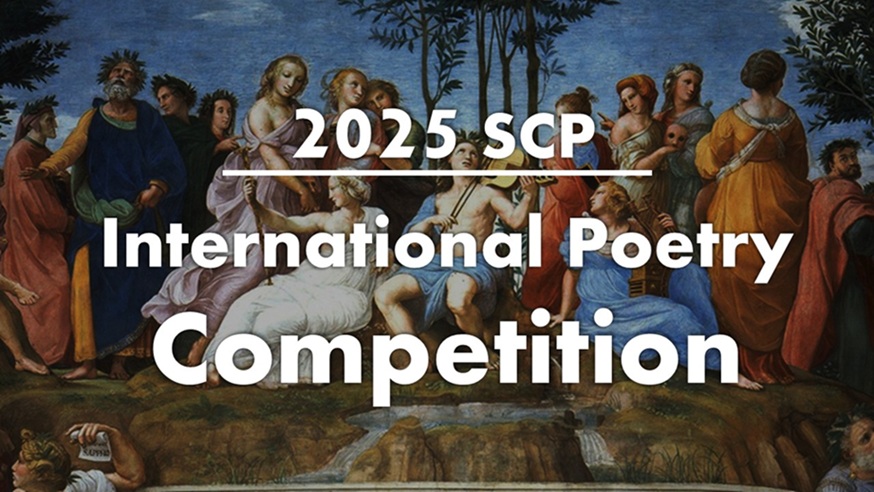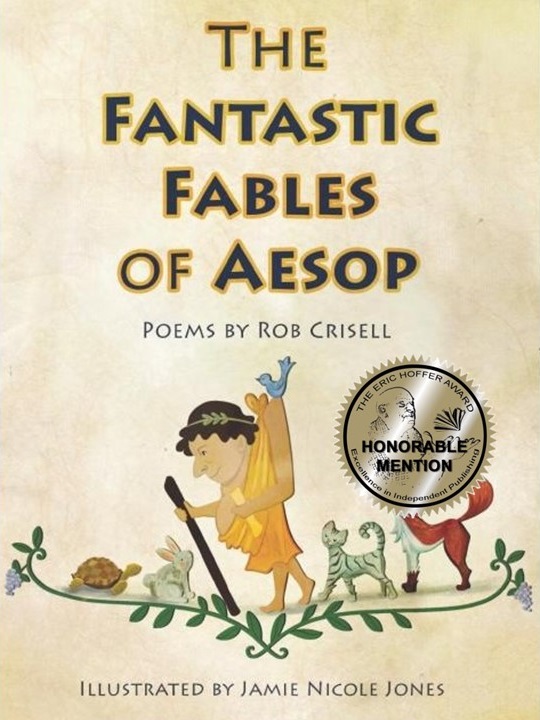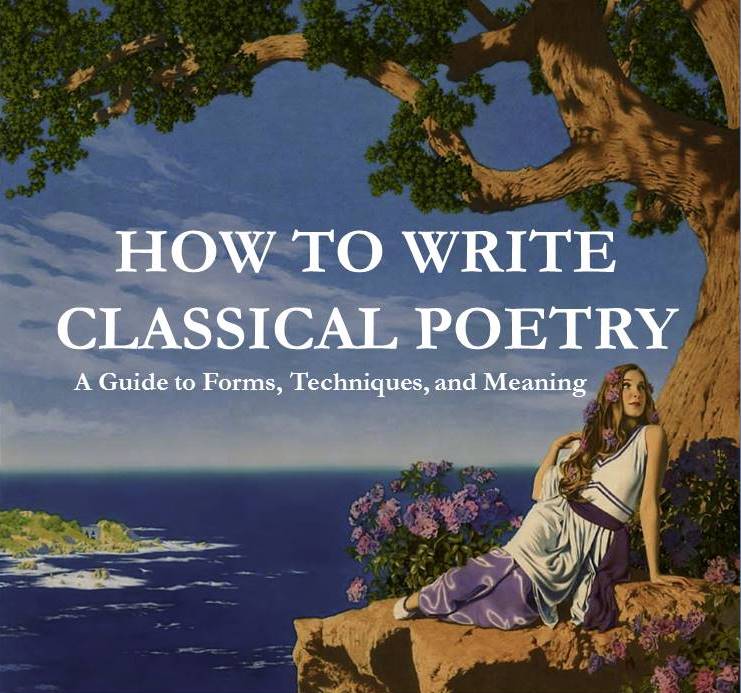.
********************A marriage
Is not an accident a cynic should
********************Disparage
Until the women of the neighborhood
**********Decide unbridled sex
*****Is something they should give away
*****To fund a Roman holiday
**********With all a man expects
***************From life—or hopes
For, anyhow. It’s fairly difficult
To find a buff hospitable adult
***************Who knows the ropes
And doesn’t sweat the absence of a vow,
*****But if you land a faithful friend
***************Who doesn’t mind
***************Your flaws, who’s blind
*****To all your foibles till the end,
Then you have caught a nearly perfect Frau.
***************It’s often been said:
*****A sympathetic counterpart
***************Will soften the head
*****And lift the shadows from a heart.
I hope that this benign refrain is true,
And so, my reigning valentine, should you.
.
.
C.B. Anderson was the longtime gardener for the PBS television series, The Victory Garden. Hundreds of his poems have appeared in scores of print and electronic journals out of North America, Great Britain, Ireland, Austria, Australia and India. His collection, Mortal Soup and the Blue Yonder was published in 2013 by White Violet Press















This is fascinatingly constructed; I actually love the variety of line length!
Yes, Cindy, I think the term for this is heterometric. Each stanza follows its own rules. While the poem as a whole is iambic, lines one and three of the penultimate stanza make use of an additional variation (iamb/anapest). Another example is “The Catholic Work Ethic” here:
https://classicalpoets.org/2019/01/23/three-poems-before-sleeping-by-c-b-anderson/
This is a heterometric tour de force. Every section is unique, either in rhyme scheme or metrical structure. Two quatrains are ABAB, two are ABBA, the six-line section is ABCCBA, and the closing couplet is AA. And there’s a mix of monometer, dimeter, trimeter, tetrameter, and pentameter.
And notice that the first four sections constitute two perfectly constructed English sentences. Try diagramming them!
I haven’t diagrammed a sentence since 9th grade, Joseph, and that was back when a high school education still meant something. Good English is a thing of the past, and anyone who points that out will be vilified by the Leftist establishment for being racist, Euro-centric or for conforming to some other label manufactured ad hoc. to suit their agenda. Our public culture has become gangrene, and it’s hard to know what to do about it.
C.B.,
My homeschooled children and their homeschooled peers are learning to diagram sentences. And we, their moms, are learning it (or in rarer cases relearning) alongside them, thus “redeeming” our own spotty education, as we like to see it.
So, perhaps a tiny ray of hope? There is a remnant who prefers to educate, rather than program, their offspring…
That is fantastic, Anna! I am grateful for families like yours. Our society needs you.
Very interestingly constructed and entertaining poem, thank you.
You, Yael, are very welcome, and I can only hope to entertain you in the future.
Wow, C.B.! What a head-turning and tempting form. I’m with Cynthia and Yael, it’s interestingly and fascinatingly constructed. I haven’t quite got my head around it yet. It begs for further scrutiny and a close reading of Dr. Salemi’s instructive comment (thank you, Joe). I also like the way the poem romps along in all its cheeky glory. I particularly like the highly amusing closing couplet and especially the term “reigning valentine”. I’m an “ex-fiancée. 😉 I also like the title… it frames the poem perfectly. Great stuff!
Well, Susan, it’s not really a form, but rather a conglomerate of forms. Don’t try to get your head around it, because every instance of heterometric stanzas is one of a kind. It’s called freedom.
C. B., I am thoroughly pleased to have read this nonce form after Joseph Salemi saved me the trouble of analyzing it. But since it is tempting Susan, it may not be a nonce form for long. Considering that the cynic author has arrayed this little valentine with some bright hope, I hesitated to say what I thought when I first saw the title. However, your reply to Joseph brings it out after all: are you alluding to ‘Waiting for Godot’? Probably shouldn’t ask the question, as Samuel Beckett became more and more grumpy every time anyone asked him for the slightest explanation of his play. Still, you seem more communicative, in clearer English, than he.
As far as I’m concerned, C.B.,
Whatever random form
Your poems take, it seems to me
They always touch and warm
Both heart and mind;
And even when they’re teasing,
I am inclined
To find your poems pleasing.
The allusion to Godot is entirely adventitious, Margaret. As for Susan (or anyone else) being tempted by this nonce form, I suspect that such persons will come up with a new nonce form to suit the needs of the poem they are trying to write. After all, such experiments may be carried out with (almost) complete abandon, with any inherent order being entirely self-imposed.
A nice light touch, James.
I have sometimes wondered whether it is acceptable to have a heterometric stanza in traditional poetry. You have shown that it is perfectly acceptable to embrace freedom, as long as the overall effect pleases the eye, ear, and heart.
There are two ways to go about this, David: 1.) a conglomerate, as in the example above or 2.) a succession of heterometric stanzas where the metrics and the rhyme scheme are identical in each stanza. The latter is more typical of what you will find in the canon, and especially typical of the heterometric poems I myself have written in the past. But there is a third alternative: Read Matthew Arnold’s “Dover Beach” in which he creates no discernible patterns at all, but simply weaves rhythms, rhymes and images to create a spectacular panorama disciplined by nothing but the pregnant night air. If you can do that, then you will have created a poem for the ages.
https://www.poetryfoundation.org/poems/43588/dover-beach
Thanks C.B. for providing a clear picture of the alternatives, and also for the link to “Dover Beach”.